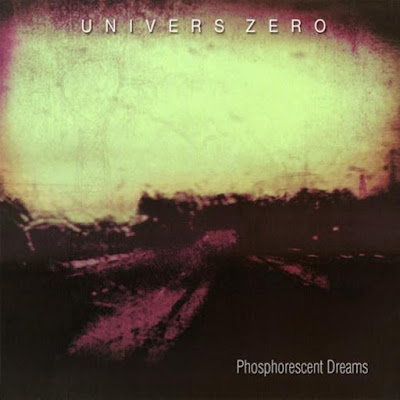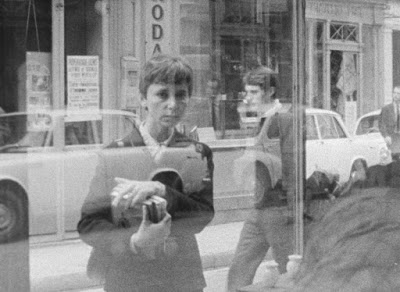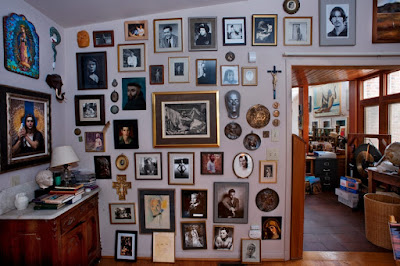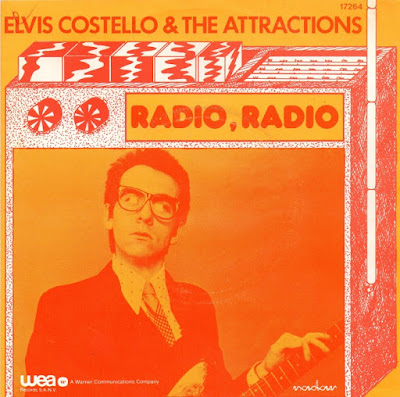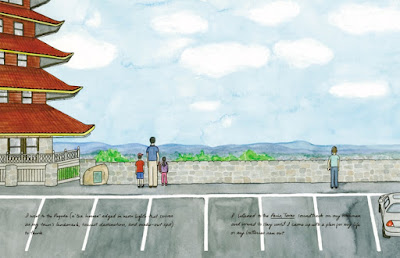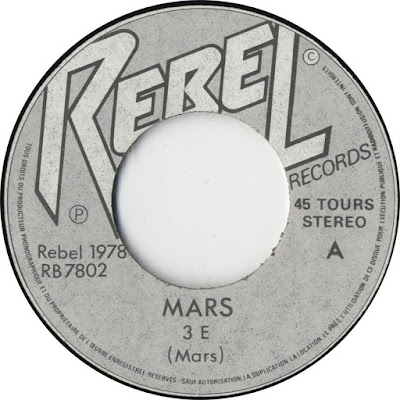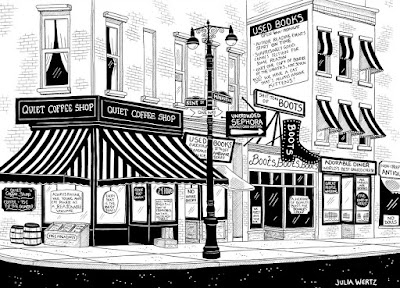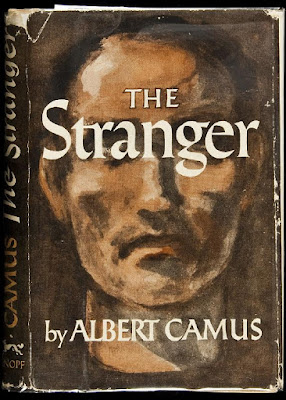
Joel Berry II
"Sports Illustrated’s College Basketball Projection System is a collaboration between economist Dan Hanner and SI’s Chris Johnson and Jeremy Fuchs that produces our 1–351 team rankings, conference predictions and player statistical forecasts. For a deeper look at how the system works, read this explainer. This model has produced more accurate team rankings than similar projections produced by ESPN, CBS Sports and noted analyst Ken Pomeroy for the past three seasons. ..."
SI (Video)
W - 2017–18 NCAA Division I men's basketball season
CBS Sports (Video)
The Ringer - College Basketball Preseason Power Rankings: Games Are Back, and So Is Title Favorite Duke (Video)
College basketball: 16 bold predictions for the 2017-18 season (Part I) (Video)
SB Nation: 11 predictions for college basketball’s 2017-18 season (Video)
2012 July: Doin’ It In The Park: Pick-Up Basketball, NYC, 2013 March: March Madness 2013, 2014 January: History of the high five, 2015 February: Dean Smith (February 28, 1931 – February 7, 2015), 2015 September: Joint Ventures: How sneakers became high fashion and big business, 2015 December: Welcome to Smarter Basketball, 2016 January: The Last Shot: City Streets, Basketball Dreams (1994), 2016 January: A Long Hardwood Journey, 2016 March: American Hustle - Alexandra Starr, 2016 July: Photographers in Focus: Ethan Sprague, 2016 November: 2016–17 College Basketball







